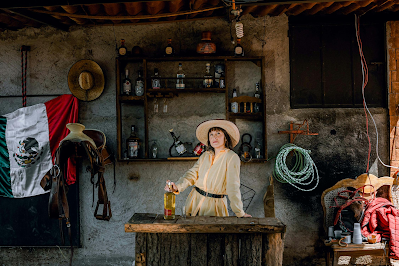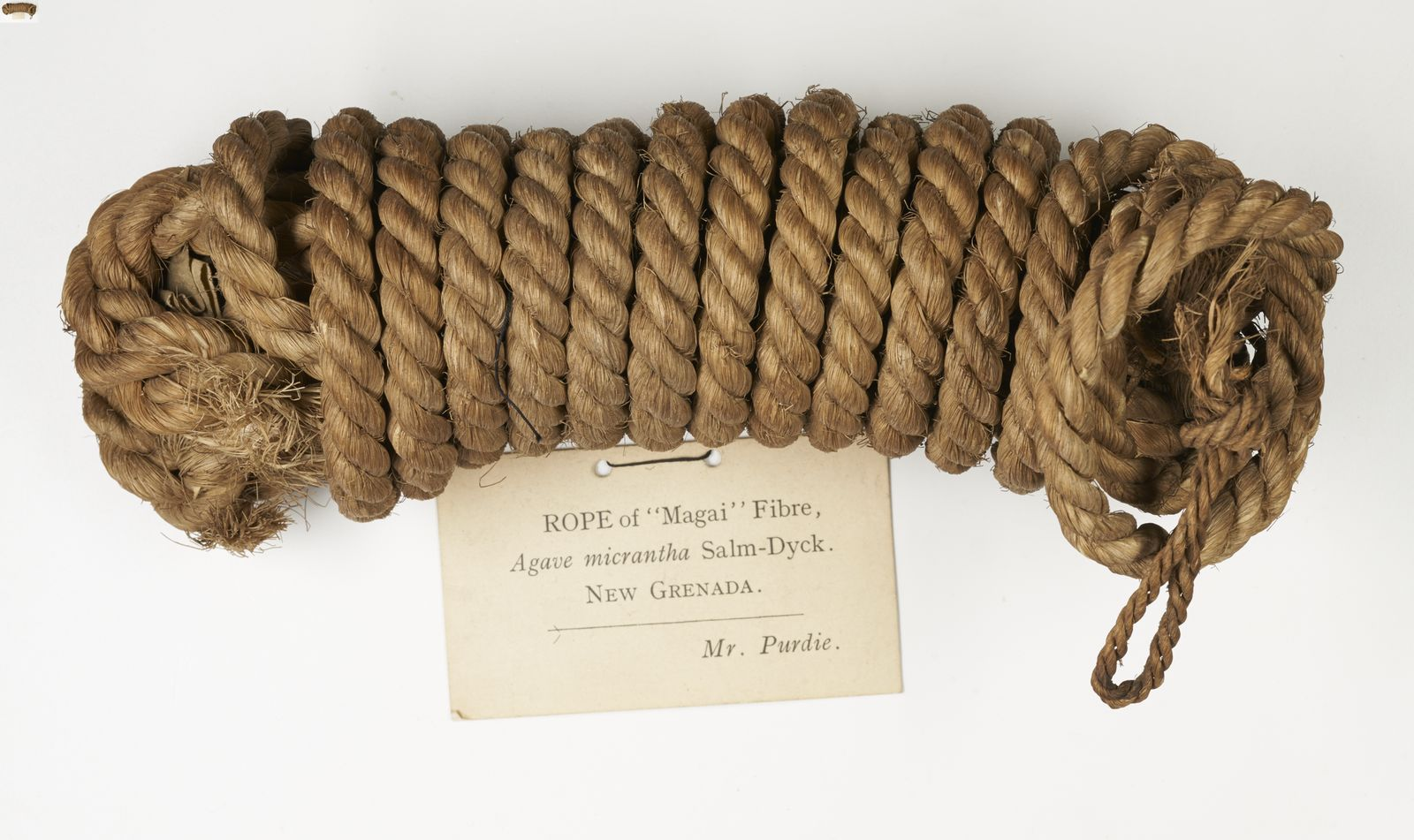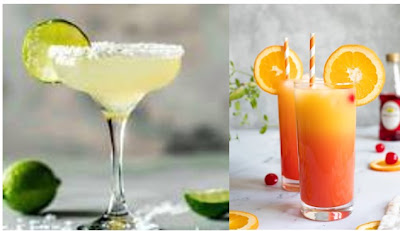Cowboys usually asked for whiskey when they bellied up to the bar, but tequila came in a close second. It became popular after the 1840's, especially in the South West area.
Each flowering plant has a giant stalk up to 20 feet tall, with 20 to 30 side branches. Each side branch produces hundreds of flowers. 
Often called century plants, agaves live many years before flowering, after which they sadly die. This succulent (not really a cacti) has been a source of human food and beverage for at least 9,000 years.

Often called century plants, agaves live many years before flowering, after which they sadly die. This succulent (not really a cacti) has been a source of human food and beverage for at least 9,000 years.
When an agave’s central bud is removed, the cavity fills with fluid. This nutritious juice is called aguamiel (honey water). When aguamiel is allowed to ferment it becomes an alcoholic beverage called pulque. The Aztecs fermented pulque from 1000 B.C. to 200 A.D..
Sugars concentrate in the core of an agave just before flowering. If the leaves are trimmed away, the core can be baked or roasted. Native Americans of many Southwestern tribes pit-roasted agaves in an elaborate process that took three or four days of cooking!
Chunks of roasted agave were chewed and the tough fibers discarded. Roasted agave could also be pounded into cakes and dried for later use.
Agave leaves have strong fibers good for many uses. Sisal fiber derived from Agave sisalana is grown worldwide and used for inexpensive twine, rope, paper, fabric, filters, mattresses, and carpets.
*************************************************
Around 1936, in Tijuana, an Irishman called Madden, was known around the area for his Tequila Daisy. Though Madden admitted that the creation of the drink was a lucky mistake, it’s become one of the most celebrated in the U.S. (margarita in Spanish means daisy).
In 1974 the Mexican government declared the term tequila, intellectual property. This made it necessary for tequila to be made and aged in certain areas of Mexico, and it also made it illegal for other countries to produce or sell their own “tequila.
"Hey, Waiter. What's that worm doing in my drink? And please don't say the backstroke."

This weekend, why not treat yourself to a Sunrise
or Margarita and get lost in a good western story!

My Stories:
Western Romance: Break Heart Canyon * Undercover Outlaw * Cowboys, Cattle and Cutthroats * A Cowboy’s Fate*Special Delivery.
Contemporary Romantic Thriller: Fatal Recall
Medieval Romance: The Dragon and The Rose * Iron Heart *Promise Me Christmas.
Victorian Romance: Lady Gallant * Victorian Dream
Fantasy: The Fae Warriors Trilogy: Solace * Bliss * Portence
Blog www.ginirifkin.blogspot.com
Facebook https://www.facebook.com/people/Gini-Rifkin-Author/100001680213365
Amazon author https://amzn.to/2R53KA9
Goodreads http://bit.ly/2OnHbrK
Barnes and Noble http://bit.ly/2xPs9S4
AudioBooks https://adbl.co/2OlWbGJ
Universal link https://books2read.com/u/3JLGMv









4 comments:
Fantastic topic, Gini! I'm not a tequila fan, but I enjoyed learning how it's made and the other uses for the plants (the 1st one pictured is pretty). Thank you so much.
HI Julie, you're welcome, it was an interesting research journey.
Fascinating
Post a Comment